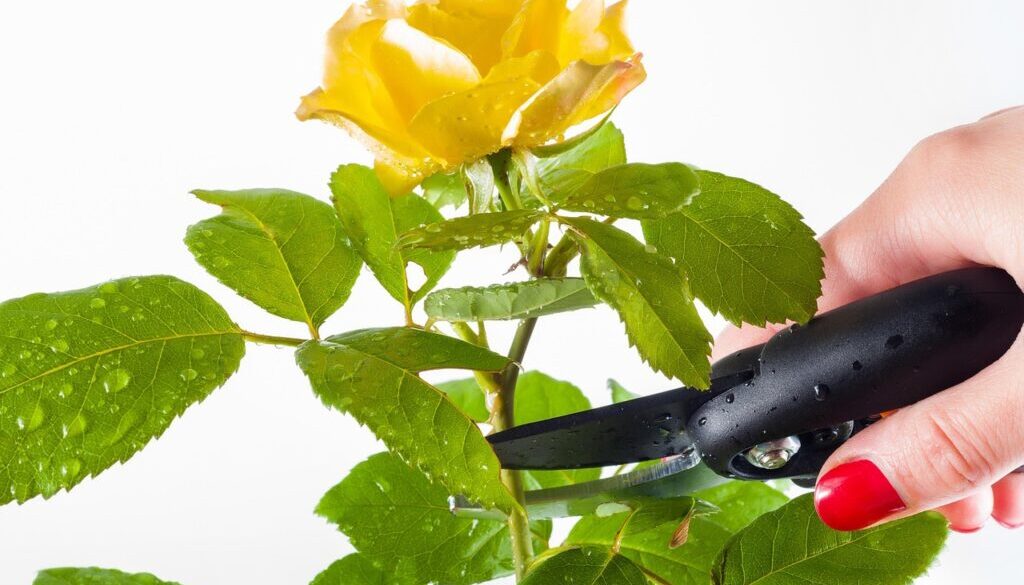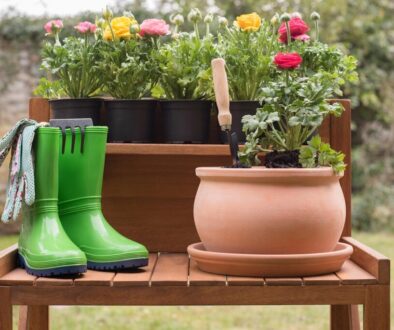Pruning Tips for Healthier Rose Growth: Your Guide to a Blooming Garden
Pruning roses might seem intimidating, but it’s one of the most rewarding tasks for any gardener. When done correctly, pruning encourages healthier growth, more blooms, and a longer lifespan for your roses. Think of it as giving your roses a fresh start, allowing them to focus their energy on producing stunning flowers. Whether you’re a seasoned gardener or a beginner, these pruning tips will help you master the art of rose care and keep your garden thriving.
Why Pruning is Essential for Your Roses
Pruning isn’t just about cutting back overgrown branches; it’s about shaping your roses for optimal health. By removing dead or diseased wood, you prevent pests and diseases from taking over. Pruning also improves air circulation, which reduces the risk of fungal infections like powdery mildew. Plus, it encourages new growth, leading to more blooms in the upcoming season. If you skip pruning, your roses might become leggy, overcrowded, and less productive. So, grab your pruning shears, and let’s get started!
When to Prune Your Roses for the Best Results
Timing is everything when it comes to pruning roses. For most varieties, the best time to prune is in late winter or early spring, just as new buds begin to swell. This is when your roses are still dormant but ready to burst into life. Avoid pruning too early in winter, as frost can damage the fresh cuts. If you live in a warmer climate, you can prune a bit earlier, but always keep an eye on the weather. For repeat-blooming roses, a light pruning after each flowering cycle can keep them looking tidy and encourage more blooms.
Tools You’ll Need for Successful Pruning
Before you start snipping away, make sure you have the right tools on hand. A pair of sharp, clean pruning shears is a must for making precise cuts. For thicker canes, use loppers or a pruning saw to avoid damaging the plant. Don’t forget a sturdy pair of gloves to protect your hands from thorns. Disinfect your tools before and after pruning to prevent the spread of diseases. A little preparation goes a long way in ensuring your roses stay healthy and vibrant.
Step-by-Step Guide to Pruning Your Roses
- Start with a Clean Slate: Remove any dead, diseased, or damaged wood first. These canes are often discolored or shriveled and should be cut back to healthy tissue.
- Shape Your Rose Bush: Aim for an open, vase-like shape to improve air circulation. Cut backcrossing branches and thin out the center to allow sunlight to reach all parts of the plant.
- Make Clean Cuts: Always cut at a 45-degree angle, about ¼ inch above an outward-facing bud. This encourages the new growth to grow outward, preventing overcrowding.
- Remove Suckers: These are shoots that grow from the rootstock below the graft union. They drain energy from the main plant and should be removed as close to the base as possible.
- Clean Up Debris: Collect and dispose of all pruned material to prevent pests and diseases from lingering in your garden.
Common Pruning Mistakes to Avoid
Even experienced gardeners can make mistakes when pruning roses. One common error is cutting too close or too far from the bud, which can damage the plant or leave unsightly stubs. Another mistake is over-pruning, which can stress the plant and reduce blooming. Always use sharp tools to avoid crushing the canes, and never prune during extreme weather conditions. Remember, pruning is about helping your roses thrive, not punishing them!
Caring for Your Roses After Pruning
Once you’ve finished pruning, give your roses some extra TLC to help them recover. Water them deeply to encourage new root growth, and apply a balanced fertilizer to provide essential nutrients. Mulching around the base of the plant helps retain moisture and regulate soil temperature. Keep an eye out for pests or diseases, as fresh cuts can make your roses more vulnerable. With proper care, your roses will reward you with a stunning display of blooms in no time.
Pruning Different Types of Roses
Not all roses are created equal, and each type requires a slightly different approach to pruning. Hybrid tea roses, for example, benefit from heavy pruning to encourage large, showy blooms. Climbing roses, on the other hand, need minimal pruning to maintain their structure and promote vertical growth. Shrub roses are more forgiving and can handle a lighter touch. Take the time to learn about the specific needs of your rose variety to ensure the best results.
The Joy of Pruning: A Labor of Love
Pruning your roses might feel like a chore at first, but it’s truly a labor of love. As you carefully trim and shape each plant, you’ll develop a deeper connection with your garden. The satisfaction of seeing your roses flourish is unmatched, and the process itself can be incredibly therapeutic. So, don’t be afraid to get your hands dirty and embrace the art of pruning. Your roses will thank you with a breathtaking display of color and fragrance.
Final Thoughts: Pruning for a Blooming Future
Pruning is an essential part of rose care that shouldn’t be overlooked. With the right tools, timing, and techniques, you can transform your roses into healthy, vibrant plants that bloom abundantly. Remember, every cut you make is an investment in the future of your garden. So, take your time, enjoy the process, and watch as your roses reward you with their beauty.
By following these tips, you’ll not only improve the health of your roses but also create a garden that’s the envy of the neighborhood. Pruning is a skill that gets better with practice, so don’t be discouraged if your first attempt isn’t perfect. With patience and care, you’ll soon become a pruning pro, and your roses will thrive like never before.
Happy Pruning!






